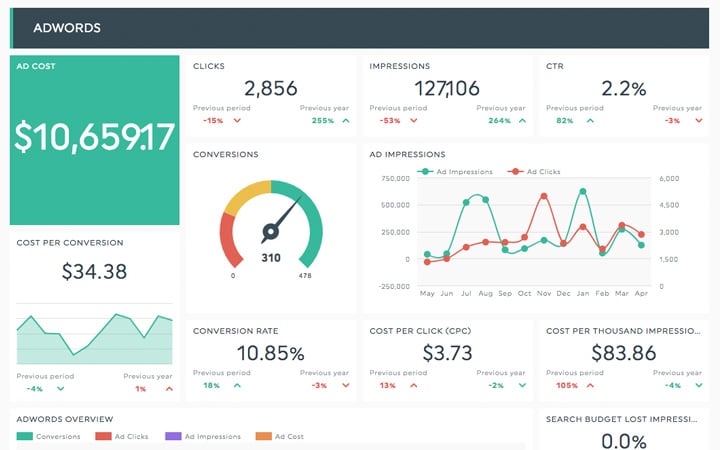Understanding Ad Engagement Rate
Ad engagement rate, often referred to as AER, is a metric that measures the level of interaction and involvement that users have with a particular advertisement. It typically includes various forms of user engagement, such as clicks, likes, shares, comments, and other actions taken in response to the ad.
For marketing experts, understanding your demographics and tailoring high-quality ad content is key to achieving a high engagement rate and favorable pricing. When your ad campaigns resonate with your target audience, it not only leads to a surge in engagement metrics but also helps lower your cost per click.






